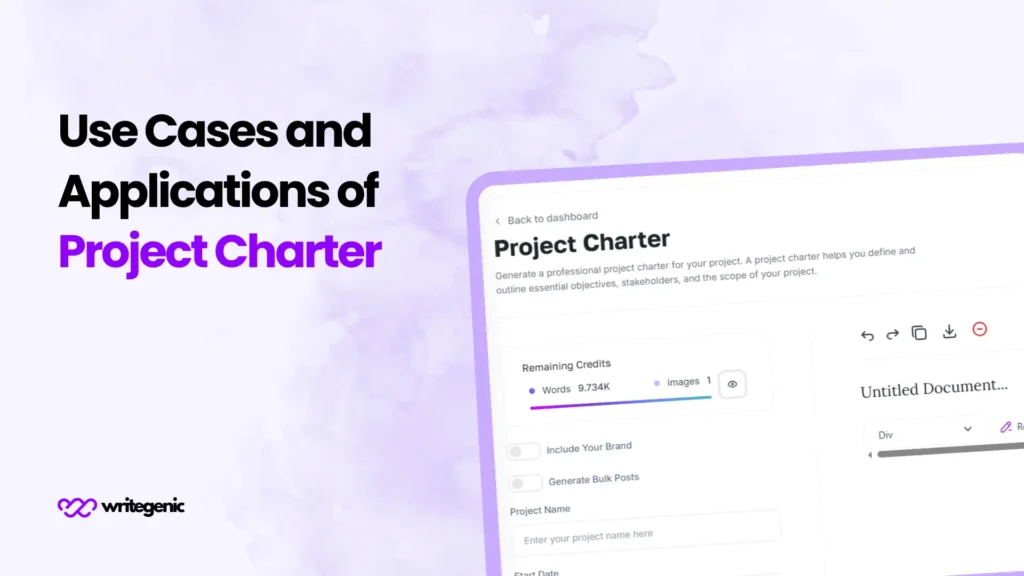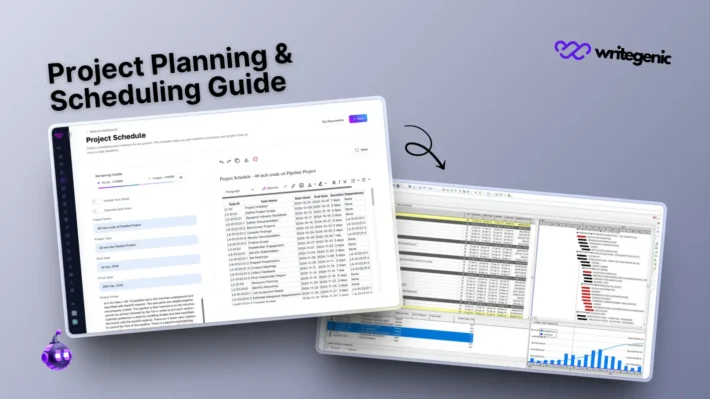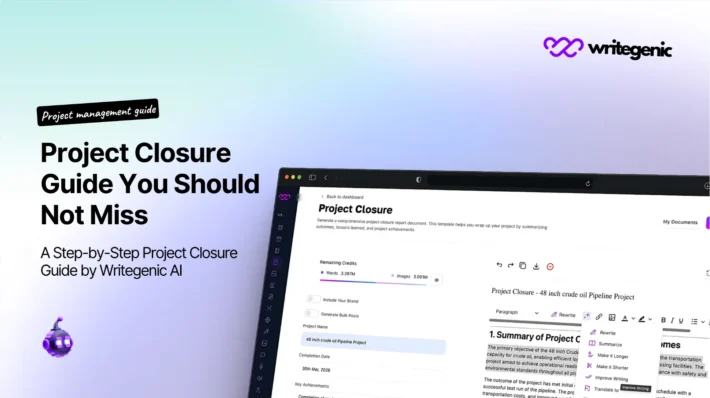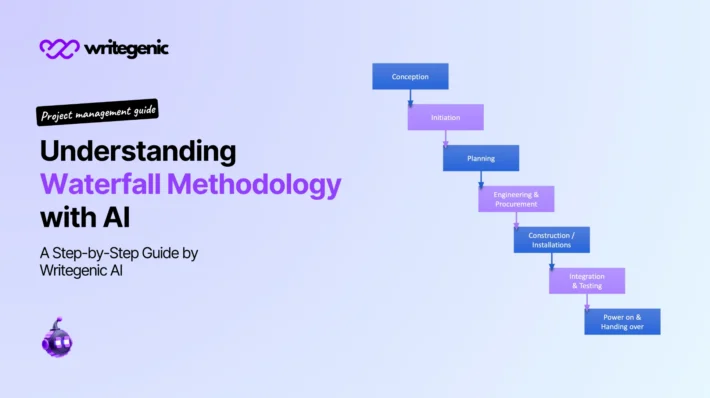Use Cases and Applications of Project Charter Explained

Project charter is not simply a piece of paper – it is the foundation of every successful project and highlights the wide-ranging applications of project charter. And whether you are working through a detailed IT rollout, or a team assignment in college, use cases and applications of a project charter can help provide orientation, clarity and accountability up front.
In this guide, we look at the use of project charters in various settings, what the purpose is, and what core components can make them effective. We’ll also examine examples in order to help students and professionals understand how to apply them.
Table of Contents
What Is a Project Charter?
A project charter is a written agreement that starts a project and clarifies its goals, who is involved, and its major outputs. It brings together the project sponsor and the team to agree on the aims of the project.

Project Charter Purpose
The main purpose of a project charter is to start a project that has a clear structure and direction.
- Outlines the project’s goals and criteria of success
- Identifies stakeholders and their roles
- Defines the power of the project manager
- Creates a top-down timeline and outline budget
- Helps to avoid scope creep by defining boundaries.
If the stakeholders clearly comprehend the project charter purpose, the organizations can avoid confusions, minimize the risks, and align all the stakeholders together before the work is started.
Project Charter Elements
The key elements which a well-designed project charter normally includes are:
1. Project Title and Description
Highlights what the project is all about.
2. Purpose and Objectives
Describes why the project and what the purpose of it is.
3. Scope
Lists what is to be included, and what is not to be included, in the project.
4. Key Stakeholders
Lists participants and their roles.
5. Project Manager and Authority
Files the name of the persons responsible and states the level of authority.
6. Timeline and Milestones
Provides a summary of leading phases or deadlines.
7. Budget Summary
Contains an estimate of costs and funds.
8. Risks and Assumptions
Summarises potential issues as well assumptions made while planning.
Knowing the roles of these project charter elements makes your document both effective and actionable.
Use Cases and Applications of Project Charter
The applications of project charter are far-reaching, and an instance of a document fulfilling many roles across industries and settings.
1. Corporate Project Management
In the businesses, project charters are necessary for the cases that start strategic initiatives, introducing new products, or the processes, internal hierarchy, getting fixed within a company. They explain roles, integrate departments and generate stakeholder buy-ins.
2. Construction and Engineering
Project charters are implemented to define scope of works, outline responsibilities and integrate teams prior to embarking on massive infrastructure projects.
3. IT and Software Development
In an Agile or the traditional project management framework, the charter of a project allows development teams to learn about goals, user requirements, and stakeholder expectations.
4. Marketing Campaigns
Project charter, therefore, is how marketing teams would determine campaign goals and target markets, as well as success metrics before campaigns are launched.
5. Academic and Student Projects
Project charters are very useful to students. It enables them to categorize roles, scope, and deadlines in group assignments or capstone projects. This creates real project management life skills early on.
6. Nonprofit and Government Programs
Charters aid in organizing non profit activities such as fundraisings or awareness campaigns. In government, they’re commonly deployed in policy deployment and infrastructure projects.
Project Charter Example for Students
Below is a sample of a project charter example for students in the form of a table for clarity.
| Field | Details |
| Project Title | College Recycling Awareness Campaign |
| Purpose | To promote recycling and sustainability practices among students |
| Objectives | Host 2 workshops, distribute 100 flyers, run 1-week social media campaign |
| Scope | Content creation, event organization, outreach (excludes paid ads) |
| Team Members | Group Leader, Content Creator, Designer, Event Coordinator |
| Timeline | April 5 – April 25 |
| Budget | $50 (materials and printing) |
| Assumptions | School approval for events, access to social media channels |
| Risks | Low engagement, printing delays, scheduling conflicts |
That structure enables students to learn how to organize time, share tasks, and communicate clearly – skills they’re going to use for work for the rest of their professional life.
Conclusion
Project success is prepared by a project charter that is well structured. No matter whether you are a student who has to deal with the class project or a professional that has to manage the corporate initiative, understanding the use cases and applications of the project charters is important. By defining the purpose of project charter, the blog that is written includes all essential elements of project charter and provides examples of project charters, that you can improve alignment, reduce risks, achieve goals of the project on time and within scope.
FAQs about Applications of Project Charter
For what reason is a project charter created?
The most basic role of a project charter is to formally confirm a project as well as the identification of its main parameters including objectives, area of scope, stakeholders, and accountability. It brings everyone on board before execution starts.
Who is to be responsible for making a project charter?
The project sponsor or initiating authority usually draws up the project charter, usually drawing participation from the project manager and other stakeholders.
Is it possible to use project charter in small projects?
Project charters are certainly flexible. As even small projects benefit from a smaller version of the plan, to ensure that the objectives, roles and timelines are defined clearly, there is no reason why Family Planning Groups cannot employ the planning exercise.
What is the difference between a project charter and a project plan?
A project charter is a high level authorization document prepared at the project outset. A project plan is more detailed and well developed after the charter to facilitate daily running of a project.
Is a charter a necessity in academic settings?
Although not compulsory, use of a project charter in student projects exposes learners to real world planning, timekeeping and responsibility.


